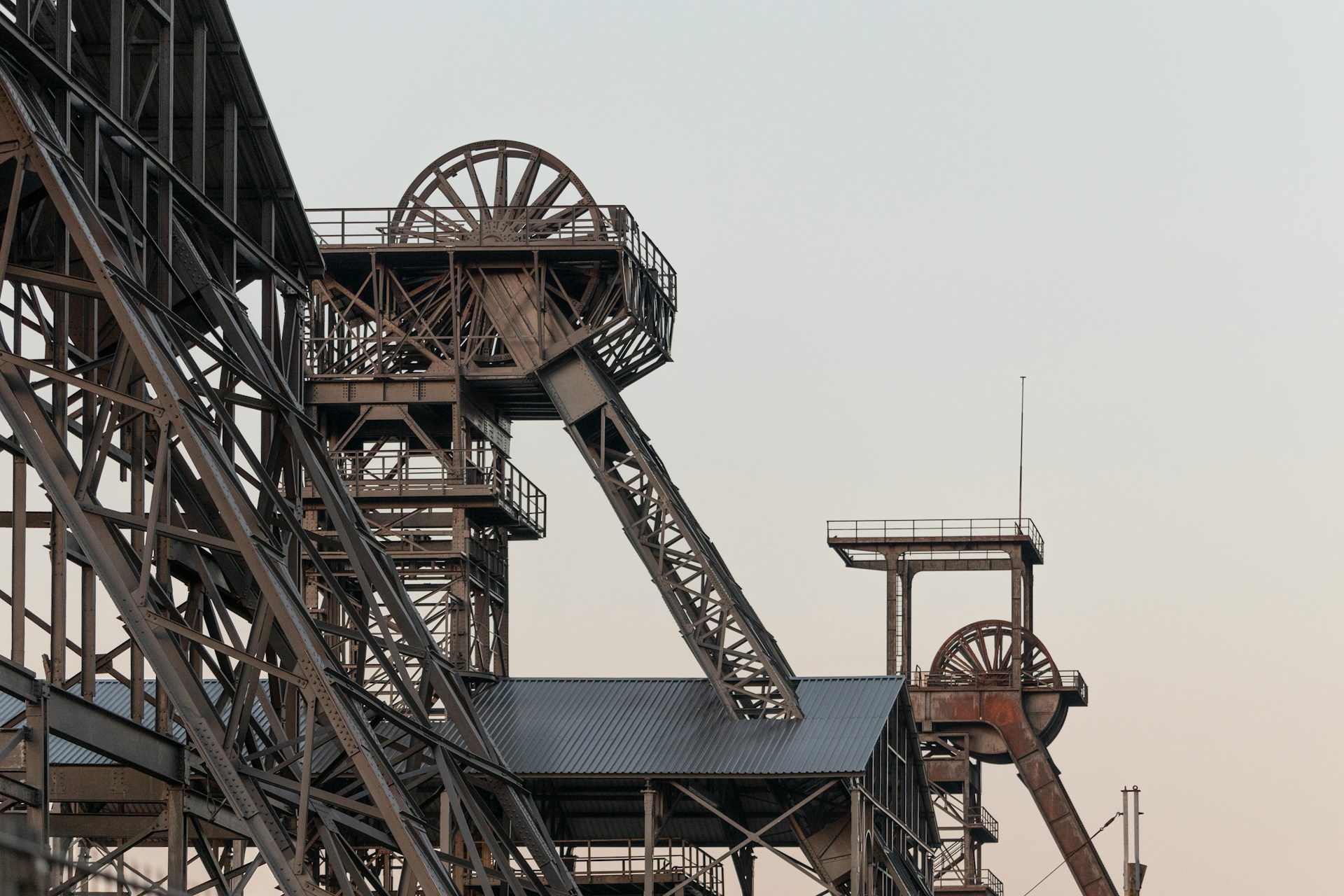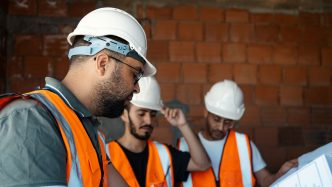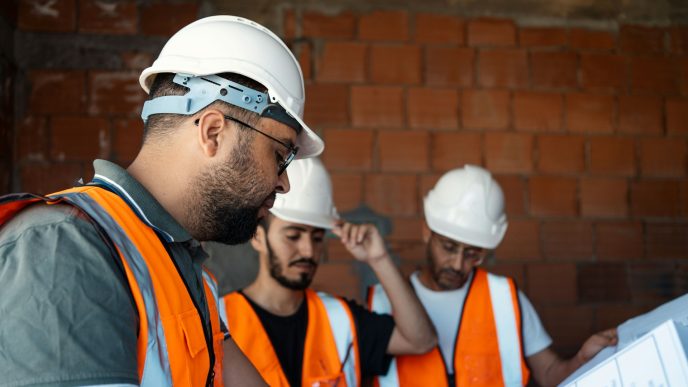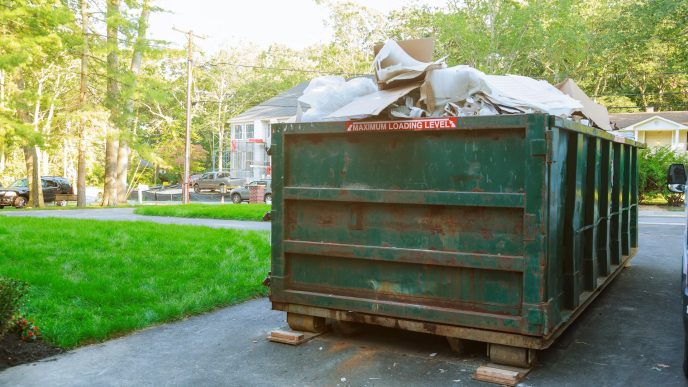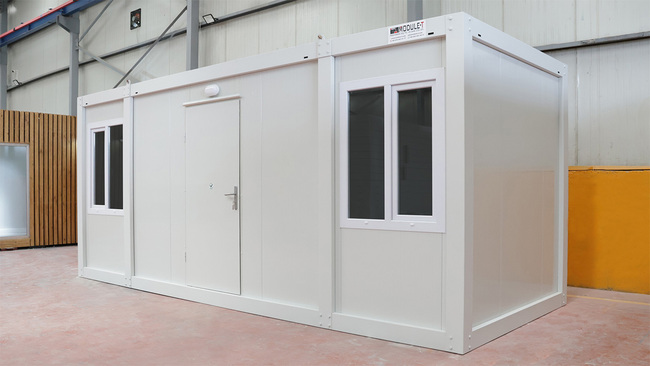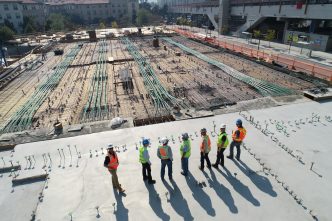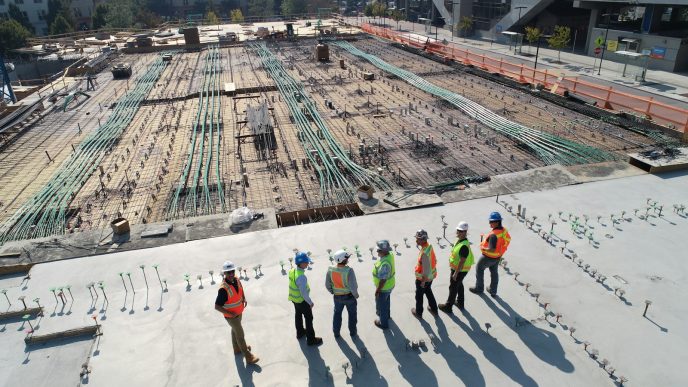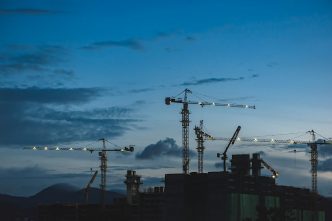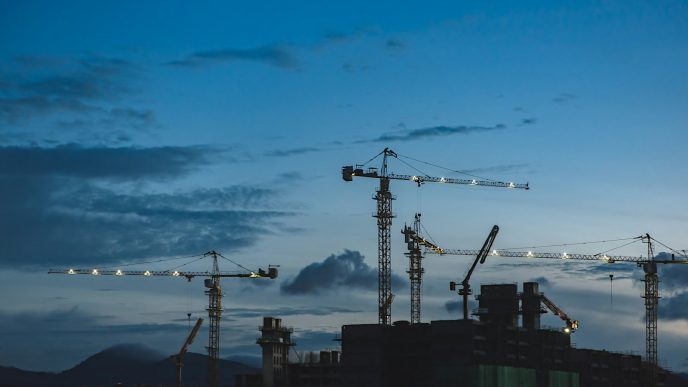“Mining tools” is a broad term encompassing all the equipment and mining machinery used to extract minerals from the earth. These tools play a crucial role in obtaining minerals that are vital components in almost every consumer product, from cars and electronics to jewellery. Minerals like uranium and coal are especially important as they provide about 50% of the United States’ energy supply. These resources are extracted using a wide variety of mining tools and equipment.
Types of Mining Methods
Mining methods are categorised into four main types: underground, open surface (pit), placer, and in-situ mining. The type of materials a mining operation aims to extract, and the techniques employed directly determine the tools required.
Basic Mining Process
Despite the diversity in mining methods, a basic process is followed in both surface and underground mining:
- Extraction: This involves digging, drilling, or blasting to obtain minerals from the earth.
- Material Handling: Sorting materials, sending valuable minerals to processing sites, and discarding waste materials.
- Material Processing: Smelting, crushing, grinding, or refining minerals into finished products ready for distribution.
Surface Mining Methods
Surface mining is used for minerals located near the earth’s surface. The main techniques include:
- Strip Mining: Removes layers of surface material to access minerals. Often used for coal extraction.
- Open-Pit Mining: Involves drilling and using explosives to create a large pit, making it suitable for extracting minerals like silver.
- Quarrying: Cuts blocks of hard stone such as granite or marble, facilitated by open-pit mining.
- In-Situ Leach (ISL) Mining: Primarily used for uranium extraction by dissolving the mineral in place without moving rocks.
- Placer Mining: Extracts gold from sand or gravel using pans and water, relying on gold’s higher density to separate it from other materials.
Underground Mining Methods
When minerals cannot be extracted by surface techniques, underground methods are employed. These methods include:
- Blast Mining: Uses explosives to break up hard rock layers.
- Room and Pillar Mining: Constructs pillars to support the ceiling while extracting surrounding minerals.
- Retreat Mining: Involves removing pillars from room and pillar mining, causing the mine to collapse. This method requires careful planning to ensure safety.
- Block Caving: A large-scale method that causes rock to collapse by blasting a gap at the bottom.
- Cut and Fill Mining: Involves cutting horizontal slices and backfilling them.
- Drift and Fill Mining: Mines adjacent drifts, backfilling one before excavating another.
- Longwall Mining: Uses a shearer on a long track to grind coal from the mine face.
- Shrinkage Stope Mining: Mines steep, uniform ore bodies by blasting primary and secondary stopes.
- Sublevel Caving: Extracts ore from the footwall side to prevent fracturing, blasting from the top down.
Mining Equipment for Soft Rock Mines vs. Hard Rock Mines
Different tools are used based on the type of mineral and mining technique:
- Soft Rock Mines: Do not require explosives. Minerals like salt, coal, bauxite, and potash are mined using specialised machinery.
- Hard Rock Mines: Require explosives. Minerals such as copper, gold, iron, and uranium are extracted using hydraulic drills for blasting.
Mining Tools and Equipment
Mining tools are categorised by method:
- Miner Tools: Handheld tools such as pickaxes, hammers, chisels, and shovels.
- Mining PPE: Personal protection equipment for safety.
- Surface Mining Equipment: Tools for surface mining methods.
- Underground Mining Equipment: Tools for underground mining methods.
Mining PPE
Essential personal protection equipment includes:
- Air Respirator Systems: For breathing clean air.
- Cap Lights: Lights attached to protective headwear.
- Hearing Protection: For working in loud environments.
- Miner’s Pouch: A belt providing lumbar support and carrying essentials like cap light battery packs, tools, and self-rescuers.
- Protective Communications: Wireless two-way communications for emergencies.
- Protective Eyewear and Headwear: To protect from falling debris and other hazards.
- Reflective Clothing: Enhances visibility for safety.
- Self-Rescuers: Personal emergency respiratory devices against harmful gases.
Surface Mining Equipment
Surface mining tools include:
- Blasthole Drills: Drill holes for explosives on the earth’s surface.
- Bucket-Wheel Excavators: Used in open-pit mining to dig, transport, and load materials continuously.
- Dozers: Earth-movers that drag dirt from one area to another.
- Dragline Excavators: Used in strip mining to remove overburden, featuring large buckets dragged across the surface.
- Graders: Create viable roads for mining trucks to transport minerals.
- Highwall Miners: Extract coal from exposed seams, also used in trench mining.
- Mining Trucks: Large dump trucks used for transporting minerals.
- Shovels: Used for digging and extracting broken rocks and minerals.
- Wheel Tractor Scrapers: Earth-movers that load and carry materials.
- Drones: Used for surveys, tracking progress, calculating stockpiles, and inspecting equipment.
Underground Mining Equipment
Underground mining tools include:
- Crane Lifts: Load explosives and carry heavy loads.
- Continuous Miners: Used in room and pillar mining to scrape coal from seams.
- Drones: Conduct visual inspections in hazardous areas without human presence.
- Jumbo Drills: Drill holes for explosives or create mine shafts.
- Loaders and Haulers: Compact and manoeuvrable for underground work, loading and hauling minerals.
- Longwall Mining Machines: Common in coal mining for building underground galleries and tunnels.
- Refuge Chambers: Safety chambers equipped with oxygen, food, water, and sanitary necessities.
- Rock Dusters: Prevent combustion by applying inert dust to counter coal dust.
- Roof Bolters: Secure mine ceilings to prevent cave-ins.
- Scoops: Load minerals onto trucks in underground mines.
- Shotcrete Machines: Spray concrete to reinforce mine tunnel walls and ceilings.
- Underground Rails: Transport miners and materials in and out of mines.
- Ventilation Systems: Provide clean air and regulate temperatures underground.
Other Mining Tools
Additional tools used in both surface and underground mining include:
- Hoppers
- Chutes
- Conveyor Belts
- Stackers
- Reclaimers
- Feeders
- Crushers
- Mills
- Screens
- Roasters
The mining industry, with its long history, has always demanded robust and resilient equipment capable of withstanding and adapting to complex and challenging environments. From the early days of manual labour and rudimentary tools to the sophisticated machinery used today, the evolution of mining technology has been driven by the need to enhance productivity, safety, and efficiency.
